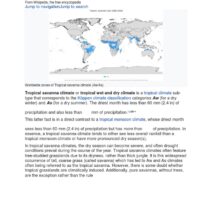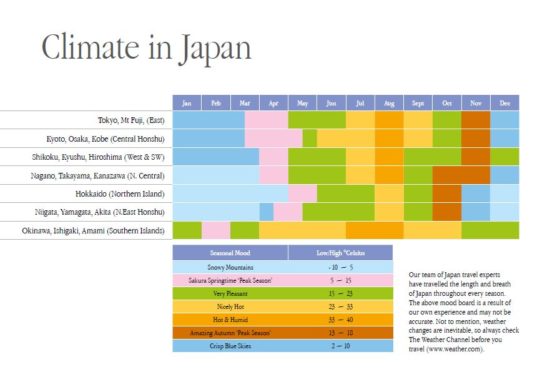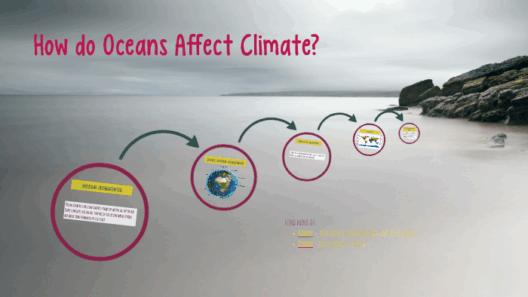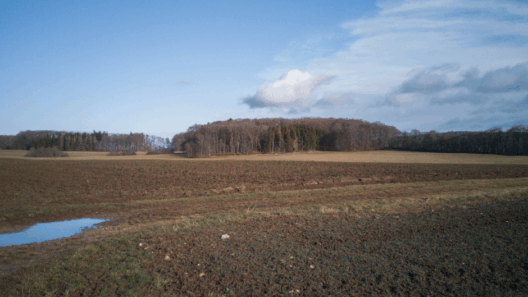The climate in Japan is not merely a backdrop to the country’s vibrant culture and dynamic landscape; it is an integral aspect that shapes the way of life, the natural economy, and even the rich tradition of seasonal festivals. As the Land of the Rising Sun stretches over 3,000 kilometers from north to south, it encapsulates a spectacular variety of climates, from the subarctic conditions of Hokkaido to the subtropical warmth of Okinawa. What happens when the contrasts of climate collide, influencing the very fabric of society? This article delves into the multifaceted aspects of Japan’s climate, characterized by distinct seasons that play a crucial role in shaping its inhabitants’ lifestyles and cultural practices.
Japan experiences four primary seasons: spring, summer, autumn, and winter. Each has its own attributes and challenges, contributing to a unique ecological tapestry that balances beauty with unpredictability.
Spring: A Time of Renewal and Allergies
Spring in Japan, spanning from March to May, is heralded by the blooming of cherry blossoms, or sakura, which captivates both locals and tourists alike. The arrival of warmer temperatures triggers a transformation across the landscape, where gardens and parks are adorned with delicate petals in hues of pink and white. This picturesque occurrence is more than just aesthetic; it’s a seasonal signal for many of Japan’s traditional festivals and cultural rituals. Yet, this season also poses challenges, primarily in the form of hay fever. As pollen levels skyrocket, millions suffer from allergic reactions that can dampen the joy of hanami—an age-old practice of enjoying cherry blossoms in full bloom.
Summer: Heatwaves and Typhoons
Summer, lasting from June to August, introduces a more intense climate pattern. The heat can be oppressive, particularly in more urbanized areas such as Tokyo and Osaka, where concrete jungles exacerbate the urban heat island effect. Average temperatures can soar above 30 degrees Celsius (86 degrees Fahrenheit), often coupled with high humidity levels that create a sultry atmosphere. The onset of summer also brings the rainy season, known as tsuyu, which can cause flooding and landslides in certain regions, making agricultural planning a precarious endeavor.
Moreover, the summer months dance precariously into the typhoon season, which typically peaks in September. These storms can inflict significant damage, challenging infrastructure and creating hazardous conditions in both rural and urban areas. While typhoons are natural phenomena, their increasing intensity and frequency raise concerns about climate change’s impact on Japan’s climatic stability.
Autumn: A Palette of Change and Harvest
The transition from summer to autumn, stretching from September to November, is perhaps one of the most stunning times in Japan. It’s a period characterized by cooler temperatures and vibrant foliage, as trees transform into fiery shades of red, orange, and yellow. This colorful display is celebrated through various cultural festivals, including koyo, the tradition of admiring autumn leaves. The bounty of the harvest season also presents an opportunity for farmers, who gather rice, fruits, and vegetables that thrive in the temperate climate.
Despite its beauty, autumn can also present its own set of challenges. For instance, the shorter daylight hours can affect natural productivity patterns both in agriculture and wildlife. Moreover, as temperatures begin to plummet towards the winter months, energy consumption increases significantly, leading to higher greenhouse gas emissions, and tipping local economies into a cycle of resource strain.
Winter: Embracing the Cold
Winter in Japan, spanning from December to February, offers a stark contrast to the other seasons. Northern regions like Hokkaido often experience heavy snowfall, creating a winter wonderland ideal for skiing and snowboarding enthusiasts. On the other hand, the southern regions enjoy milder temperatures but can still experience colder spells. Winter sports have become intrinsic to Japanese culture, showcasing the country’s natural landscapes while boosting tourism. However, the heavy snowfall can also create chaos, leading to transportation disruptions and hindered mobility.
Moreover, winter demands significant energy resources for heating. The reliance on fossil fuels for warmth raises serious environmental concerns. The balance between enjoying winter’s splendor and managing its impacts on climate change is a pressing issue for the nation.
Climate Variability and the Future
As the world grapples with climate variability, Japan is no exception. The shifting climate patterns have the potential to impact agriculture, fisheries, and tourism—core elements of the Japanese economy. Coastal flooding and soil erosion threaten farmlands, while marine life faces challenges due to rising sea temperatures. Additionally, the intensity of weather-related disasters demands effective strategies for disaster management and recovery.
The encounters with climate change raise fundamental questions. How can Japan, a nation entwined with nature and its seasons, adapt and innovate in the face of environmental challenges? Moving forward, the focus must shift toward sustainable practices and technologies that respect the intricacies of Japan’s climate while ensuring survivability for future generations. As tempests loom on the horizon, the question remains: will Japan rise to meet the multifaceted challenges of its climate, or will it succumb to the forces that threaten its seasons?
In conclusion, the climate in Japan is not simply a factor to reckon with; it is a vital component of its cultural identity. The diverse climatic phenomena experienced across its islands underscore the necessity of environmental stewardship while navigating through the joys and trials that accompany the passage of time. As Japan continues to cherish its seasonal wonders, the imperative remains to protect its environment for generations to come.







